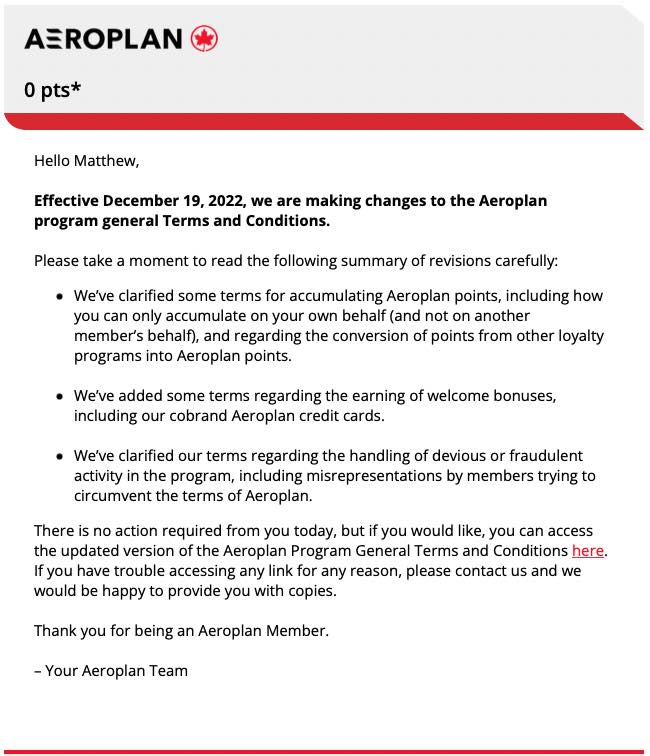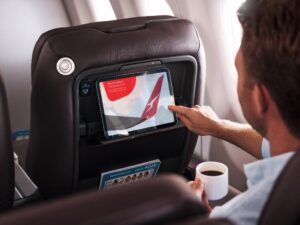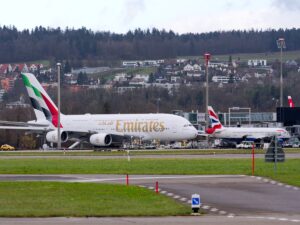
Credit card churning is one of the most lucrative ways to earn lots of frequent flyer points for minimal outlay.
The idea is to apply for a credit card with a generous sign-up bonus, complete the minimum spend required to earn the bonus points, then cancel the card and apply for another one. By repeating this process (in moderation, so as not to damage your credit rating!), you could earn hundreds of thousands of frequent flyer points every year.
While this can be highly lucrative for individuals, banks generally don’t like excessive credit card churning as this can be expensive for them.
Because the Australian credit card market is so competitive, banks offer generous sign-up bonuses to incentivise new customers to apply for their cards. But the banks need to pay for those points, so they’re doing this in the hope they will attract high-value customers who will stick around in the long term. If someone takes the bonus points and then cancels their card after just a few months, the bank could actually lose money.
There are some ways that banks already try to limit credit card churning. One of the main techniques is to exclude existing or recent customers from earning sign-up bonuses. In Australia, most banks will only offer bonus points when applying for a new credit card if you haven’t held any card issued by that bank in the past 12-18 months. But that doesn’t stop somebody from cancelling a card with one bank and then applying for a new credit card from a different bank.
In the United States, Chase Bank has an unofficial “5/24 rule” whereby Chase will only approve credit card applications from people who’ve applied for fewer than 5 credit cards (from any bank) over the past 24 months.
Over recent years, some Australian banks have also changed the way they design their sign-up offers so that customers only get the full serve of bonus points if they keep their card for more than a year.
Aeroplan changes its terms & conditions
Most of the aforementioned changes have been implemented by banks. But Air Canada recently made changes to its frequent flyer program’s terms & conditions to try to reduce churning on its co-branded credit cards.
Air Canada’s Aeroplan program sent the following email to members last week:

The changes to the Aeroplan program terms & conditions include a new section (number 10) called “Welcome Bonus Provisions”. This section states (we’ve bolded the relevant parts):
In connection with a Welcome Bonus being made available for becoming a holder of an Aeroplan Credit Card, such Welcome Bonus is intended as an incentive for a Member to become a holder of an Aeroplan Credit Card where that Member is not then a holder of the specific type of Aeroplan Credit Card for which the Welcome Bonus is being offered. Similarly, in connection with bonus or incentive Aeroplan Points being offered as an incentive related to Products and Services, such bonus Aeroplan Points incentives are intended for a Member who has not previously received bonus Aeroplan Points for the same Products or Services, to acquire such Products or Services.
Aeroplan may, in its sole discretion, choose to limit the number of Welcome Bonuses or similar bonuses or incentives a Member may receive in any period, and, in addition to the other remedies set forth in these Terms and Conditions, reserves the right to suspend, revoke or terminate the Account of any person who engages in a behaviour of excessive use of the Welcome Bonus offers. Such behaviours include but are not limited to: (i) applying for multiple Aeroplan Credit Cards across one or more product types or across one or more financial institutions that issue an Aeroplan Credit Card; (ii) a pattern of cancelling, or disengaging in, an Aeroplan Credit Card shortly after receiving a Welcome Bonus or similar bonus or incentive; and (iii) a pattern of purchasing and then cancelling or returning any product or service for which Aeroplan Points were issued.
Section 11 of these terms & conditions, which governs prohibited activity, further states that Aeroplan may freeze or terminate the account of a member found to be:
(i) applying for multiple credit cards across different product types (e.g., Entry, Core, Premium), across multiple financial institutions that issue an Aeroplan Credit Card in order to circumnavigate these Terms and Conditions or the terms and conditions of any such financial institution issuing an Aeroplan Credit Card thereby receiving multiple Welcome Bonuses; and (ii) a behaviour of cancelling, or disengaging in, an Aeroplan Credit Card shortly after receiving a Welcome Bonus.
The unusual thing about this is that it’s a frequent flyer program – not banks – trying to reduce credit card churning.
It’s not clear exactly what kind of behaviour would result in Aeroplan suspending a member’s account. Presumably, they would only go after a small minority of members who are actively churning cards on an extreme scale.
According to the Prince of Travel blog, Marriott Bonvoy does something similar with its co-branded credit cards in the United States. But we’re not aware of any similar precedent with an airline-operated frequent flyer program.
Are Australian airlines likely to follow suit?
It’s unlikely that Qantas or Velocity Frequent Flyer would implement the same rule. If anything, the airlines benefit from churners because they get to sell more points to banks!
For that reason, there is no obvious benefit to an airline of having such a policy. We can only speculate that Aeroplan may have done this at the request of its financial services partners, who stand to lose the most from credit card churners. Or, perhaps Air Canada wants to limit the amount of its points in circulation to ensure there is enough reward availability for members.
Qantas, for example, implicitly encourages this kind of behaviour through its Points Club program. Qantas Frequent Flyer rewards members who earn at least 350,000 points per year with free Qantas Club membership and other benefits that come with its Points Club Plus tier. Of those 350,000 points, most need to be earned on the ground – meaning the majority would be earned through credit cards.
Nonetheless, it will be interesting to see what comes of the Aeroplan changes and whether more frequent flyer programs in other countries may follow suit.
You can leave a comment or discuss this topic on the Australian Frequent Flyer forum.














































































Community Comments
Loading new replies...
Join the full discussion at the Australian Frequent Flyer →